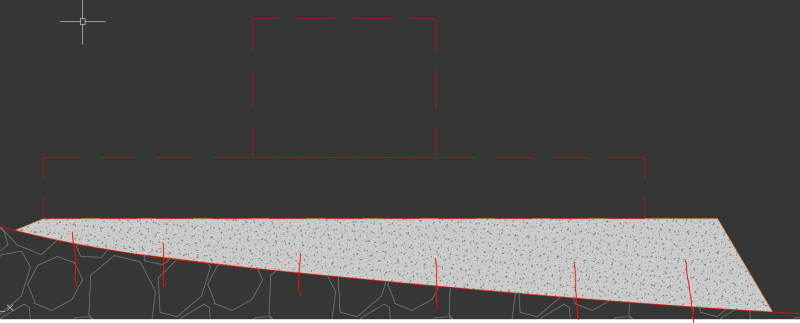Hi All,
we are engaged in a project that we need to design pad and pier foundation over sloped rock. Client asked not to chip or blast the rock (to generate even surface) due to residential area nearby. I came up with a solution that to put the pad on a concrete poured wedges (as a leveling pad). What type of reinforcement do I need? I am thinking of putting bottom bending reinforcement, shear dowel to the rock and some temperature reinforcement at the top. the rock has 2-way slope and putting reinforcement at the bottom is a bit hard. The load on the foundation is in form of huge moment 1200kN.m ,100 kN downward and 65 kN shear. what are your thoughts please?
we are engaged in a project that we need to design pad and pier foundation over sloped rock. Client asked not to chip or blast the rock (to generate even surface) due to residential area nearby. I came up with a solution that to put the pad on a concrete poured wedges (as a leveling pad). What type of reinforcement do I need? I am thinking of putting bottom bending reinforcement, shear dowel to the rock and some temperature reinforcement at the top. the rock has 2-way slope and putting reinforcement at the bottom is a bit hard. The load on the foundation is in form of huge moment 1200kN.m ,100 kN downward and 65 kN shear. what are your thoughts please?

